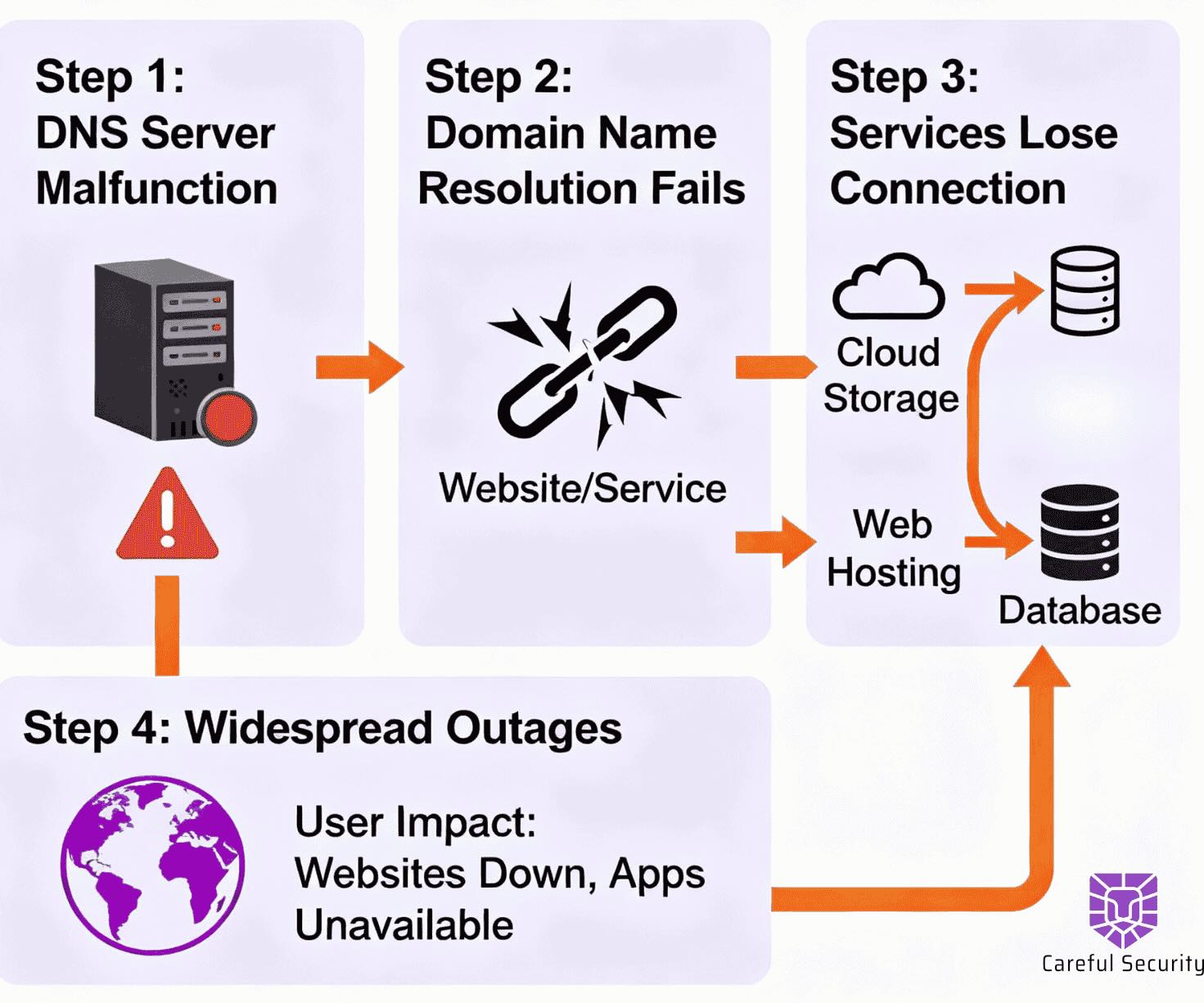A Pound of Preparedness Prevents a Pound of Worry

In Cybersecurity, Preparedness Prevents Worry
If you’re responsible for security at a fast-growing organization, the problem usually isn’t a lack of frameworks. The real issue is that nothing gets finished. Deals stall, audits drag on, and your attack surface expands while yet another committee debates which policy template to use.
At Careful Security, we’ve seen this play out over and over in mid-market teams. The biggest improvements don’t come from a 60-page strategy paper. They come from small, finished actions that produce outsized results for both security and the business.
This post will show you which actions matter most, how to prioritize them, and how to get real progress this quarter.
Why Theory Piles Up While Risk Grows
Three patterns derail many security programs:
1. Over-planning. Roadmaps multiply while actual tickets stall. By the time a plan is signed off, your SaaS footprint has already shifted.
2. Compliance theater. Developers rush to write controls to satisfy frameworks, but auditors want screenshots, logs, and real evidence—not intentions.
3. Tool sprawl without benefit. New products get added, but fundamental gaps remain: MFA coverage is incomplete, admin access stays broad, and backups aren’t tested.
The fix is simple but demanding: bias your program toward completed controls and hard evidence. Let practice drive theory, not the other way around.
Five Principles for Security Programs That Scale
Keep momentum high and meetings short by applying these principles:
- Start where attackers start. Secure identity, email, endpoints, and third-party access first.
- Set safe defaults. Use platform-level policies for SSO, device compliance, and OAuth apps. Manual exceptions should be rare.
- Automate for proof. If a control doesn’t generate a log, screenshot, or API response, it isn’t done.
- Work weekly, review monthly. Weekly “done” lists beat quarterly wish lists. Use a monthly checkpoint to track metrics and reset priorities.
- Tie security to revenue. Actions that clear purchase questionnaires or enable SOC 2 evidence directly support deals and deserve budget.
The MVS-12 Baseline
We call it the Minimum Viable Security baseline: 12 essential controls that block the most common attack paths.
- MFA Everywhere – Require MFA for all users; enforce phishing-resistant methods for admins.
- SSO + Provisioning – Centralize authentication with HR as the source of truth.
- Disable Legacy Authentication – Shut off IMAP, POP, and other non-MFA protocols.
- Endpoint Protection – Ensure 95%+ of devices report into EDR.
- Device Compliance – Enforce MDM with disk encryption, firewall, and OS patch baselines.
- Least Privilege – Remove persistent admin rights and use just-in-time elevation.
- SaaS Access Hygiene – Limit OAuth apps to approved scopes.
- Email Security – Advanced phishing defenses with attachment and link scanning.
- Backups You Can Restore – Immutable backups with monthly restore tests.
- Vulnerability Management – Weekly scans with strict patch SLAs.
- Logging & Alerting – Centralize key logs and monitor for high-fidelity events.
- Incident Readiness – Maintain a one-page IR plan and run a short tabletop exercise.
For every control, keep proof: screenshots, log queries, and owners. That evidence is audit gold.
A 90-Day Action Plan
Security leaders rarely get more budget or headcount. What you need is a sequence that shows results quickly.
Days 0–30: Build visibility
- Enforce tenant-wide MFA and retire legacy authentication.
- Deploy EDR and MDM across all devices.
- Implement SSO for your top SaaS apps.
- Configure email security baselines and DMARC.
- Set up a lightweight SIEM for identity, endpoint, and email logs.
- Run a tabletop exercise and assign roles.
Days 31–60: Reduce privilege and patch faster
- Move to just-in-time admin rights.
- Rotate secrets and lock down break-glass accounts.
- Enforce patch SLAs with automation.
- Consolidate vendor due diligence.
- Block unauthorized OAuth apps by default.
Days 61–90: Build resilience and prep for audit
- Perform a backup restore test and document it.
- Add high-fidelity alerts for suspicious activity.
- Map controls to SOC 2/ISO and close remaining gaps.
- Create a Security Traction Scorecard for your board.
Each phase generates artifacts, evidence that doubles as audit material.
What You Can Do This Week
- Enable MFA for every third-party admin.
- Block basic authentication in Microsoft 365 and Google Workspace.
- Require device compliance before granting SSO access.
- Rotate API keys and store them in a secrets manager.
- Review your top 50 OAuth apps and remove risky ones.
- Document a break-glass runbook and store it offline.
- Search for suspicious inbox rules and forwarding.
- Run a quick restore test on a critical system.
- Terminate stale admin sessions and require re-authentication.
- Publish a one-page acceptable use policy tied to your MDM baseline.
Metrics That Matter
Track a few simple indicators:
- MFA coverage – 100% for all users, especially privileged ones.
- EDR coverage – 95%+ of devices reporting daily.
- Patch adherence – High/critical issues resolved within 14 days.
- Privilege management – Standing admin accounts eliminated.
- Backup resilience – Last restore test completed and documented.
- SaaS hygiene – Approved OAuth apps only.
- Detection health – High-signal alerts reviewed weekly.
- Audit readiness – Controls mapped to evidence with owners.
These are the numbers customers and boards actually care about.
How Careful Security Helps
We’re not just advisors, we’re your partner in execution.
- Gap – In two working sessions, we establish your status against the MVS-12 baseline. Instead of a bloated report, you get a clear, prioritized list.
- Roadmap – A 90-day sequence of achievable wins, each mapped to evidence.
- Implement & Monitor – We enforce policies, instrument logging, and deliver an Audit-Ready Evidence Pack.
The result: fewer escalations, faster deals, smoother audits, and calmer on-call rotations.
Start Now
You don’t need another offsite strategy session to make progress. Pick one impactful task, finish it, capture the evidence, and review it in a short weekly standup. Repeat.
In three months, you’ll be further ahead and more audit-ready than many teams get in a year.
Cybersecurity Leadership for Your Business
Get started with a free security assessment today.
.avif)
.avif)



.svg)
.svg)
.svg)